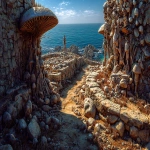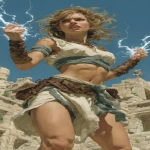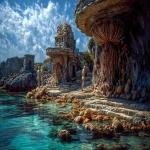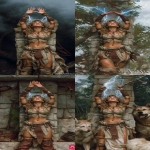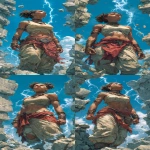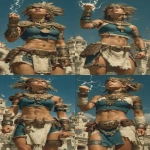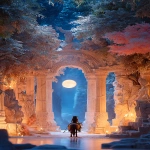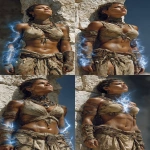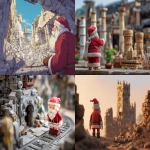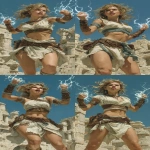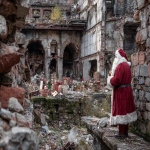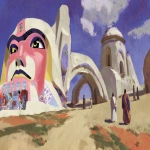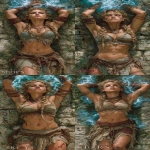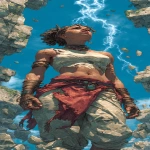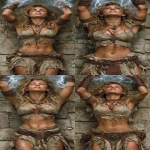Explore the Best AI Image Gallery
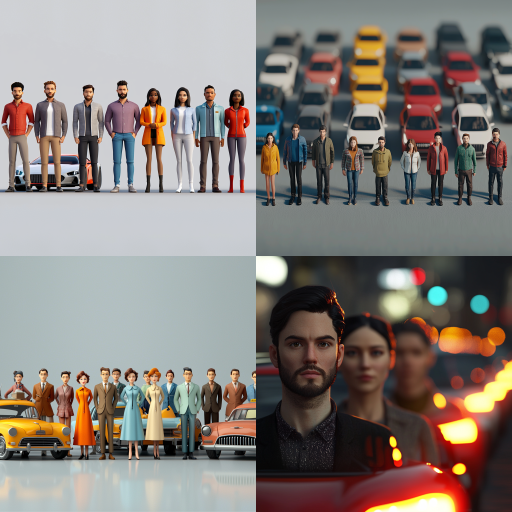
AI Image Creation Tools: Redefining the Boundaries of Art and Design
The advent of artificial intelligence (AI) has ushered in a new era for various industries, and the creative sector is no exception. AI image creation tools have emerged as groundbreaking technological advancements that allow users to produce stunning visuals with unprecedented ease. From artists and designers to marketers and content creators, these tools are transforming how we conceive and produce visual content. In this blog post, we will delve into the impact of AI image creation tools on the creative industry, explore potential uses, address important ethical considerations, and examine future trends.
The Impact on the Creative Industry
AI image creation tools are revolutionizing the creative process. Artists are now able to leverage AI to enhance their workflows and expand their creative possibilities. For instance, tools like DALL-E and Midjourney allow users to generate unique images from text prompts, dramatically reducing the time required for conceptualization and execution. Some of the notable impacts include:
- Enhanced Creativity: Artists can use AI-generated images as inspiration or even as a starting point for their artwork, breaking through traditional creative barriers.
- Accessibility: These tools enable individuals without formal artistic training to create visually appealing images, democratizing the art-making process.
- Speed: The time taken to produce high-quality images has significantly decreased, allowing for quicker turnarounds on projects.
- Collaboration Between Humans and AI: Artists are forming a collaborative relationship with AI, treating it as a co-creator rather than a replacement, enriching the creative experience.
Potential Uses of AI Image Creation Tools
The versatility of AI image creation tools allows for a myriad of applications across various fields:
- Marketing and Advertising: Marketers can create tailored visuals quickly to capture audience attention, ensuring campaigns remain fresh and engaging.
- Interior Design: Designers can visualize their concepts more rapidly, allowing for faster client approvals and iterations.
- Gaming: Game developers are using AI to generate art assets, environments, and characters, streamlining the development process.
- Film and Animation: Visual effects can be enhanced using AI, enabling filmmakers to explore imaginative concepts without the usual constraints of physical resources.
- Education: AI tools aid in teaching art, providing students with a hands-on way to experiment and learn about design principles.
Ethical Considerations
While AI image creation tools offer numerous benefits, they also raise important ethical issues. Some of the critical concerns include:
- Copyright and Ownership: As AI-generated images blur the line between creator and creation, questions arise regarding ownership rights. Who owns the images produced by these tools?
- Originality: Authenticity of artwork comes into question when images can be generated in seconds. The distinction between a human artist's touch and algorithmically produced art may diminish over time.
- Algorithmic Bias: AI models can inherit biases from the data they are trained on, leading to the unintentional perpetuation of stereotypes or exclusion of certain demographics in the visuals they produce.
- Displacement of Artists: There is concern over how AI might affect the livelihoods of professional artists, potentially undermining their ability to earn a living through their craft.
Future Trends in AI Image Creation
As AI continues to evolve, so too will the field of image creation. Some anticipated trends include:
- Greater Customization: Future tools will allow artists to fine-tune parameters for even more tailored results, blending human creativity with AI capabilities.
- Integration with Other Technologies: AI image creation will likely become intertwined with augmented reality (AR) and virtual reality (VR), opening new avenues for immersive experiences.
- Collaboration Platforms: We may see the emergence of platforms that facilitate collaborative projects between artists and AI, enabling unique creative ventures.
- Sustainability Practices: As awareness grows regarding the environmental impacts of technology, future AI tools may prioritize energy-efficient methods of image creation.
Conclusion
AI image creation tools are indeed redefining the boundaries of art and design, offering countless possibilities for artists and creators alike. However, it is essential to navigate the accompanying ethical considerations while embracing this technological advancement. By fostering a collaborative relationship between human creativity and artificial intelligence, the future of visual content creation looks exciting and inclusive.

](https://images.ai-img.art/thumbnails/150/8aa2589b60ffe3dde30a265a6cac8d4ae71901c658ca48c4344f21436de413fb.webp)
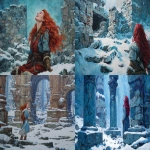
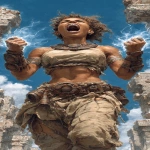
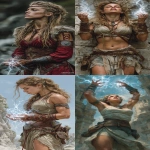
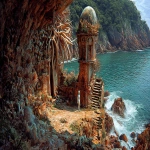

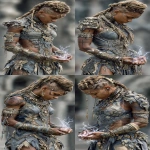
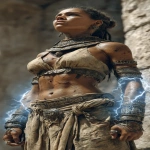
](https://images.ai-img.art/thumbnails/150/39c6bd41a1282b304a06fb11053bd009750b3879060719b1adb959228dbcd41a.webp)

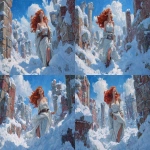
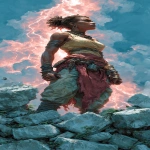
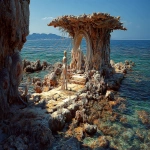
](https://images.ai-img.art/thumbnails/150/33a7122c923d87ba243a3afa0b16a930f1603be27b8ac938ff7f4ae4f5140553.webp)
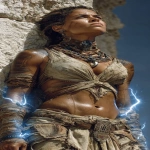

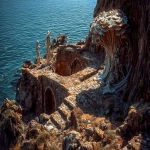
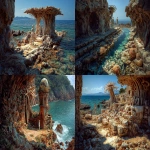
](https://images.ai-img.art/thumbnails/150/00df9b84a8818b4130bce9ca10c0c67ff2bc8952ca0fb5012dafc9b1c6378e67.webp)

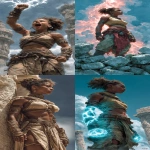

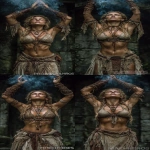

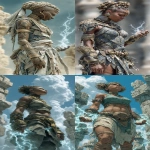

](https://images.ai-img.art/thumbnails/150/bc5b40f43007c984885fc5b035e0fd81d75554a8730895e067565a6b7050524b.webp)
